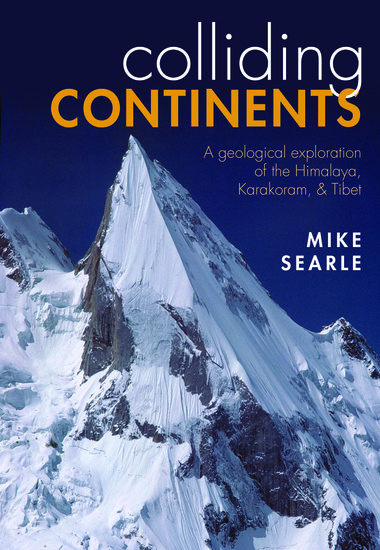Today, 29 May 2013, is the sixtieth anniversary of the first ascent of Everest. It’s a time to reflect not only on the achievement of which mankind is capable, but also on the power of the Earth. The crash of the tectonic plates that created the Himalaya and Karakoram mountain ranges is the largest known collision in geological history. Sir Edmund Hillary and Nepalese Sherpa Tenzing Norgay were the first to conquer this remote and dangerous range, and return to share the view from the summit. Today many mountaineers not only climb for the thrill, but also to collect vital data on geology, geography, extremophiles, and many things normally out of reach for study. We spoke with Mike Searle, author of Colliding Continents: A geological exploration of the Himalaya, Karakoram, and Tibet, about mountaineering, geology, and the history of the world captured in a rock.
Climbing K2 and unravelling geological history
How one small rock can reveal the origins of Everest




[…] turned up in my feed from Oxford University Press’ blog, and I decided to dispense with the actual reading of their post for the important act of ordering […]